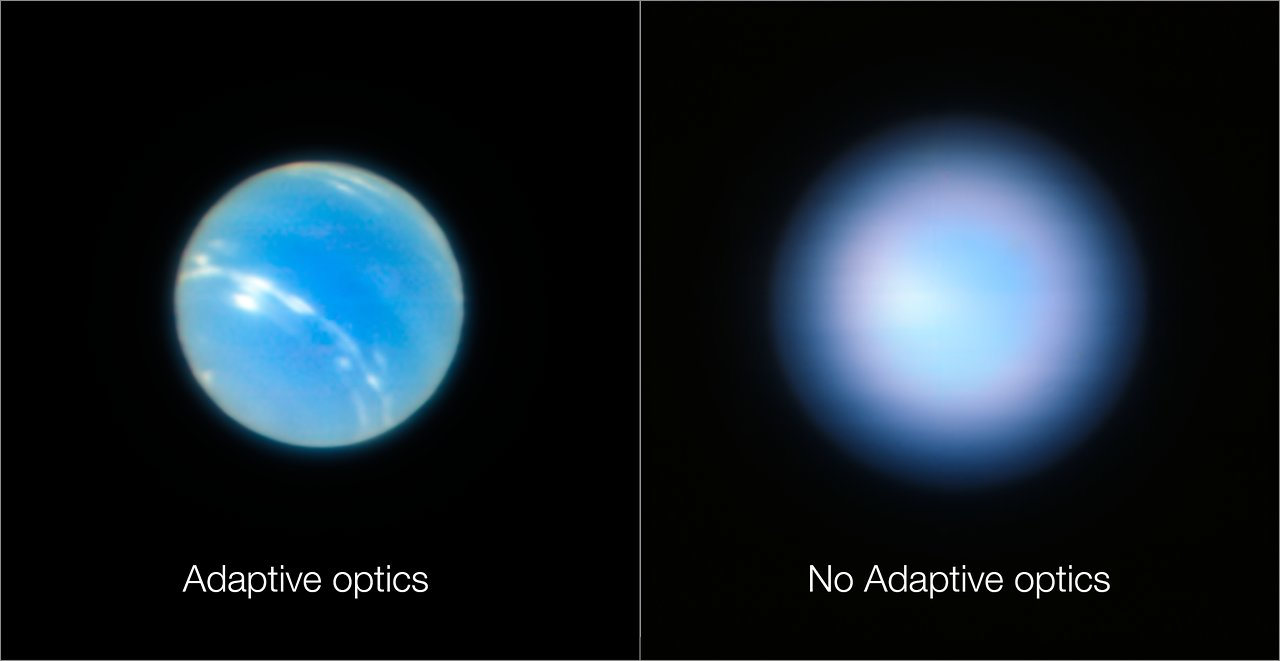Astronomers have a love-hate relationship with the atmosphere: it's great for, you know, not dying, but it blurs astronomical images. In the latest episode of Chasing Starlight we tell you the inner workings of adaptive optics, a technique where we use powerful lasers and fast shape-shifting mirrors to measure and correct atmospheric turbulence:
astrophysics
#Introduction Hi #fediverse ! We’re the European Southern Observatory, and we design, build and operate ground-based telescopes.
One of them is our Extremely Large Telescope, currently under construction in #Chile. It will have a 39 m mirror, and its rotating enclosure will weigh 6100 tonnes, or about 700 mastodons!
We’re looking forward to chatting with all of you about #astronomy
📷 ESO/G. Vecchia
#HappyNewYear 🎉 Boost your #NewYear resolution with adaptive optics. By deforming a thin flexible mirror a thousand times per second you can correct atmospheric turbulence and get sharp astronomical images!
➡️ https://www.eso.org/public/teles-instr/technology/adaptive_optics/
📷 ESO/P. Weilbacher (AIP)
Astronomers have long thought that the upper clouds of Jupiter, which create the planet’s iconic pale brown belts, are made of frozen ammonia.
But the joint efforts between an amateur astronomer with his backyard telescope 🔭 and professional scientists with ESO's Very Large Telescope (VLT), have now shown that they're actually made of something completely different 😲
Most likely, they are made of ammonium hydrosulphide mixed with smog, although vertical convection can sometimes bring ammonia ice clouds to the top.
Read more: https://www.eso.org/public/videos/potw2502a/?lang

